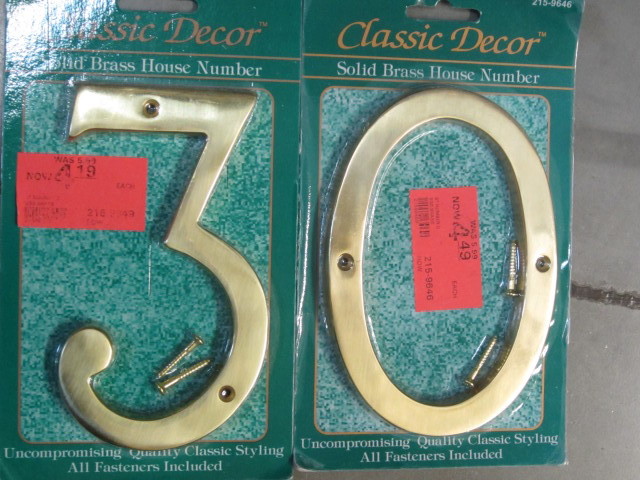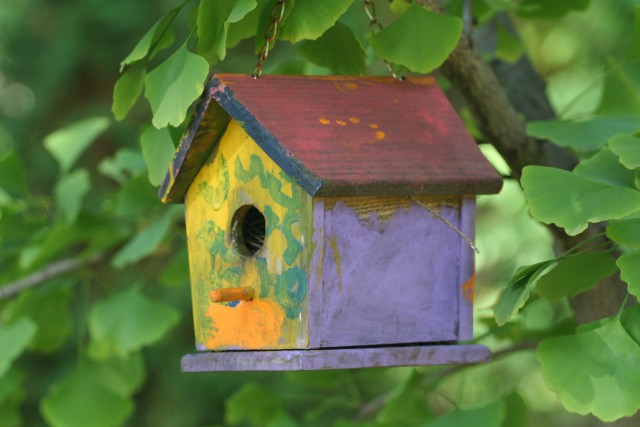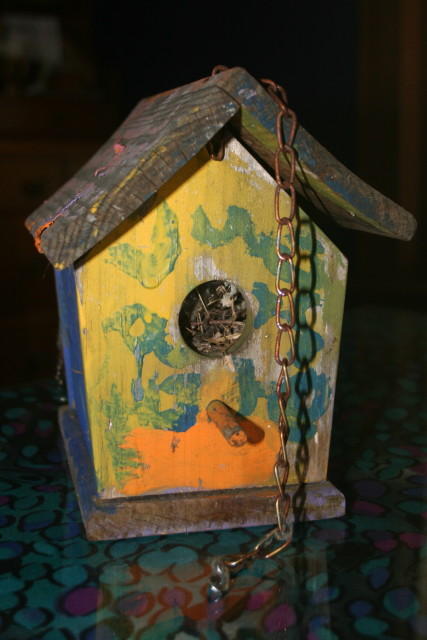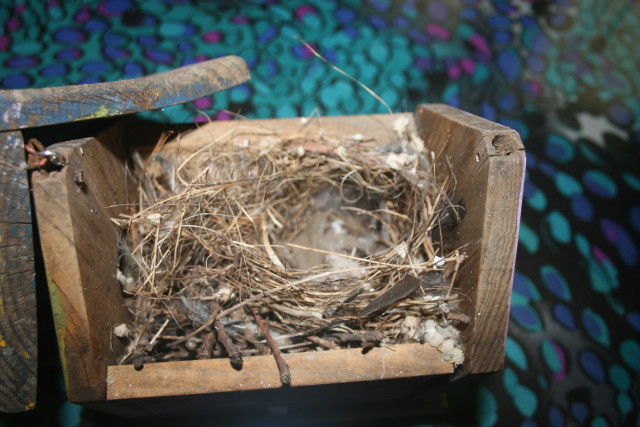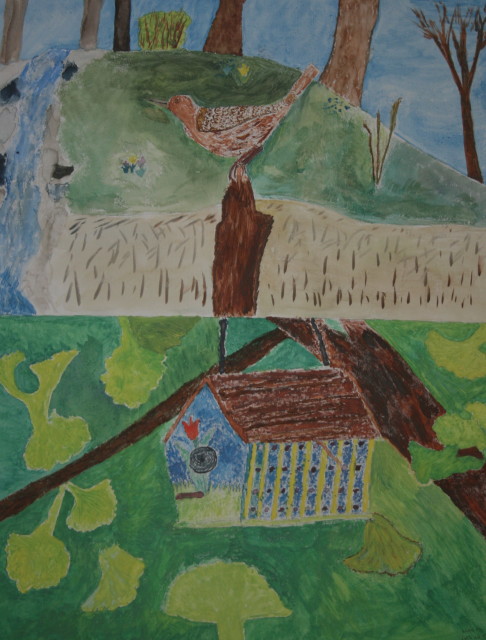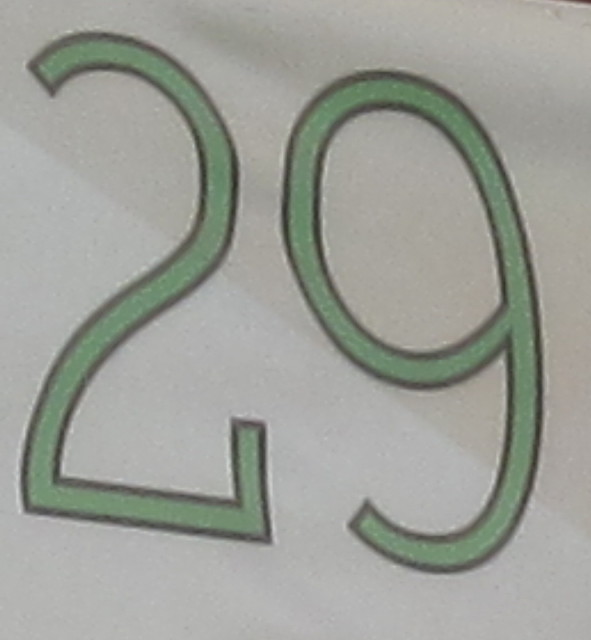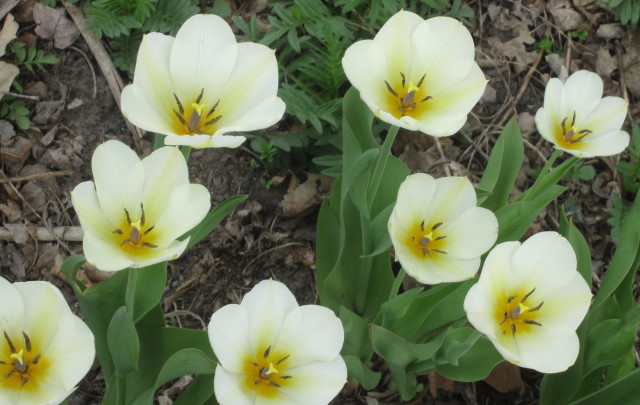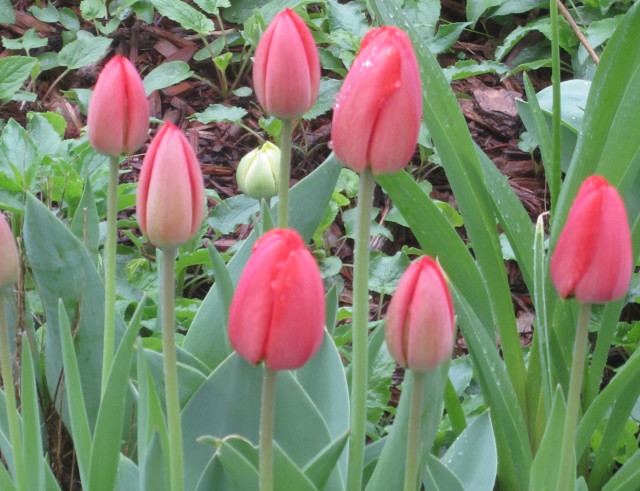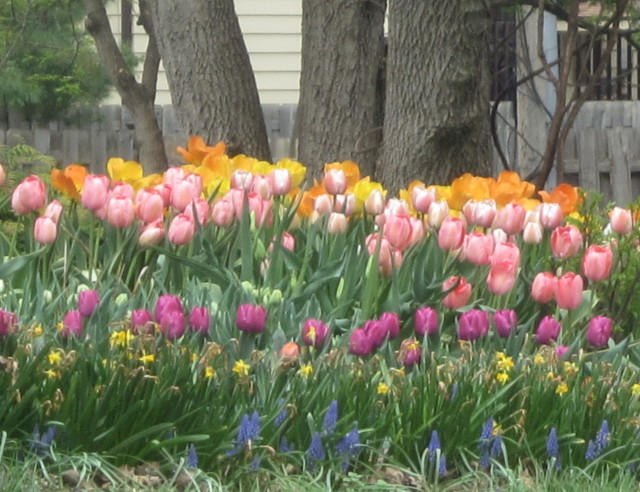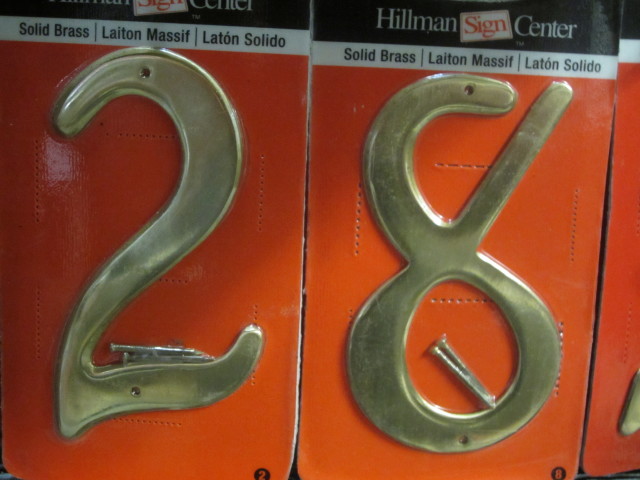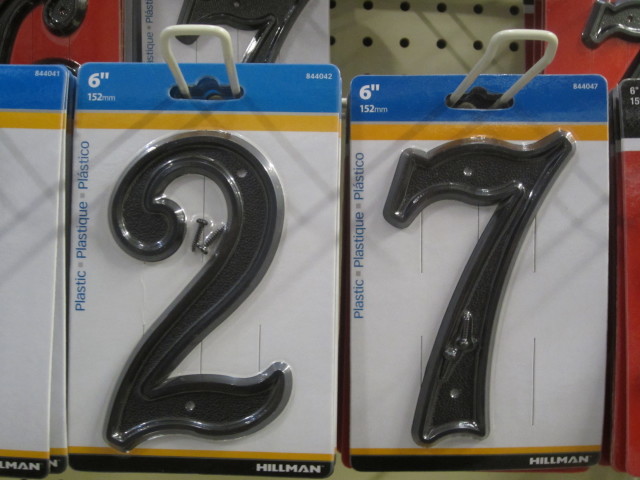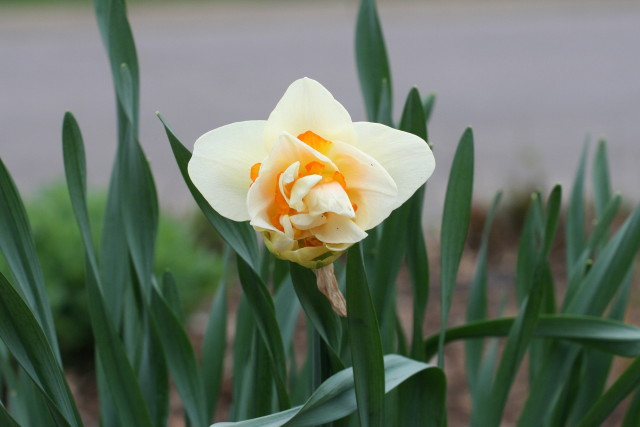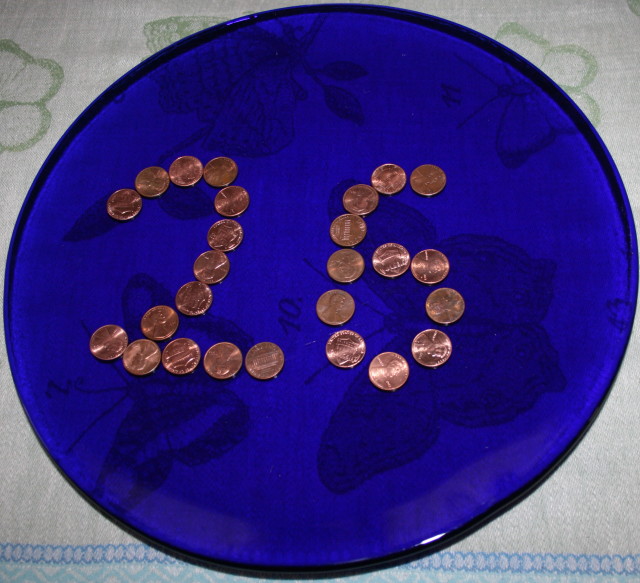Spirit House
A smear of lavender paint
adorns our front porch
step, fading
as the concrete weathers.
In our garage, on a high shelf,
the little wren house you painted
one summer’s day
with a neighbor’s child, rests.
Glyphs of exuberance—
streaks and zigzags
orange, raspberry, lemon, mint—
designs flying from the heart.
For years, these four walls
hung sturdily and intact
in your ginkgo tree
at the back of our garden.
When days were lengthening,
wrens descended, then defended
their chosen home from
crows, cats, and us.
Ever busy, those wrens—
tucking treasures in,
raising their young in a cloud
of scolding song.
One early spring, (the year
you began high school?)
the little house burst
open, spilling part of that old nest
onto the wet ground: showing
browned weeds, leaf spines,
tiny feathers, hair and strings,
scraps of dim paper,
and a shiny surprise
of plastic Easter grass
winking neon green and purple
in bright sunlight.
Too warped and rusted
to repair, your little house
had shattered like the eggs
it once sheltered,
its healthy young now
flown. This spring, daughter,
as you ready yourself
to fly into the blue arc
of your own new life,
we shall bring out the old
wren house, to preside,
protected, on a porch table—
a beacon, maybe.
A homing signal,
just in case, should you
ever need one.
Leslie Schultz
Many thanks to everyone who took time read the hastily done work each of the past thirty mornings! Your presence and comments were cheering and kept me on course. Sometime in May, I think I will do a “post-game analysis” of this poetic exercise, and I might post the highlights. Meanwhile, I wish you a season ahead filled with beauty of every kind, visible and invisible.
Until Some Other Day!
Leslie


